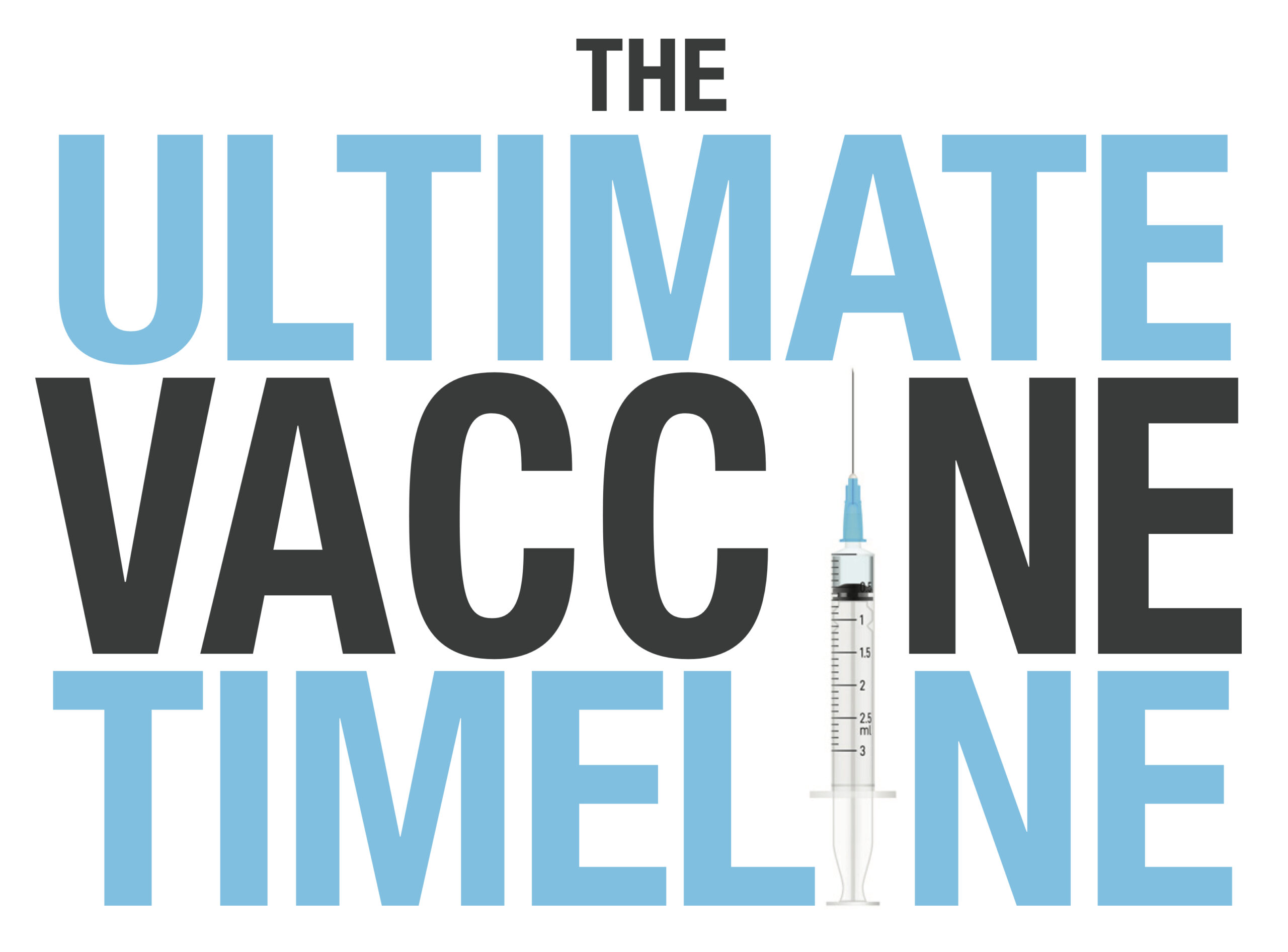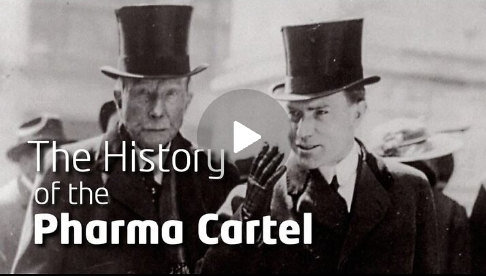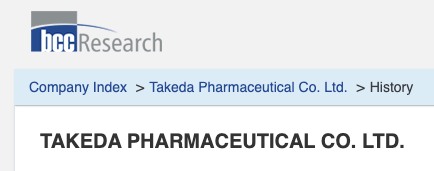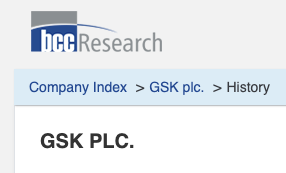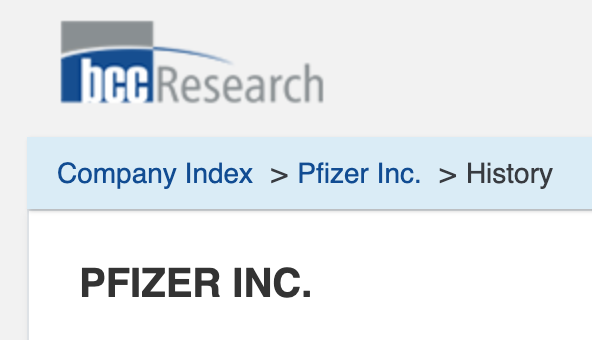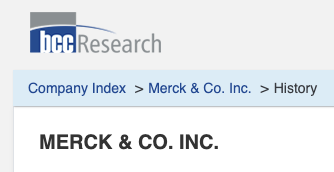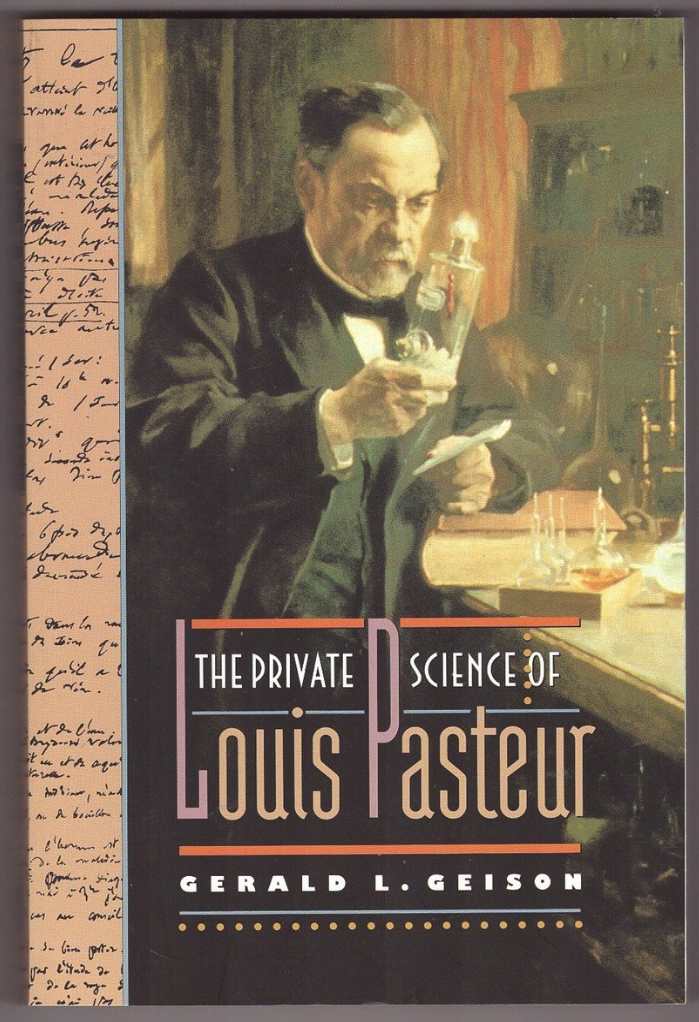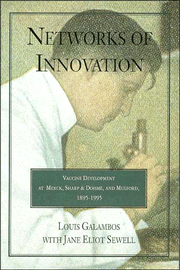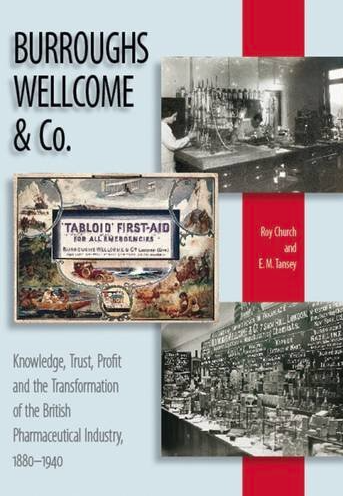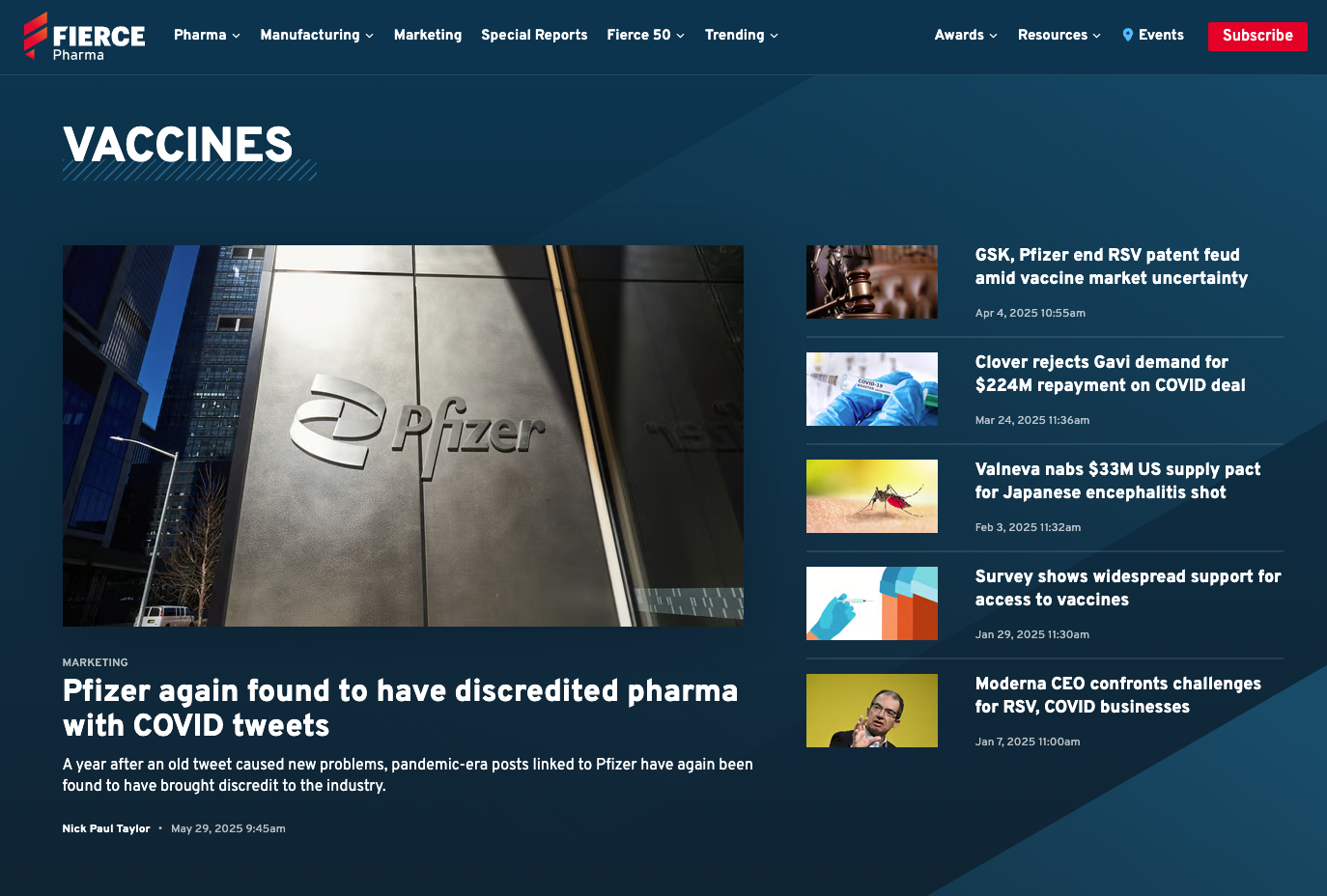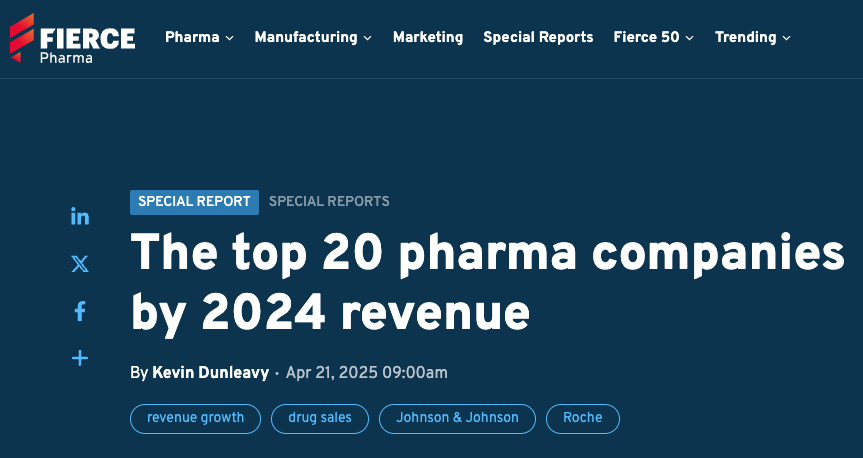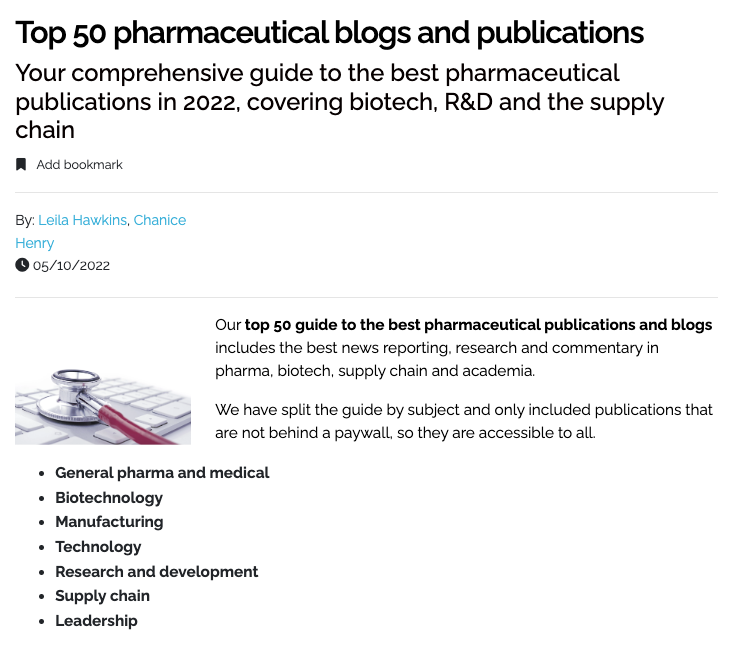The Vaccine Industry

From the small apothecaries of the past to today's international corporations and private-public partnerships, the pharmaceutical industry has evolved into one of the most powerful and profitable businesses on the face of the planet, with vaccine manufacturers raking in billions in global sales revenues.
The pharmaceutical industry traces its official beginnings to the 16th and 17th centuries, with it bringing the first publication of an official drug list with standardized preparations, called pharmacopoeias.
The Industrial and Bacteriological Revolutions of the 19th century, and the discovery and extraction of petroleum, transformed the field of medicine, moving away from herbal and plant-based preparations to synthetic chemistry. Apothecaries and pharmacies began to expand into wholesale manufacturing, transforming from small-scale preparation to mass production of drugs like morphine (first mass-produced by Darmstadt-based Merck in 1827) and quinine. The chemical dye industry was also pivotal to the development of man-made molecules and the growth of pharmaceuticals, most of which were synthesized from coal-tar derivatives.
The history of pharmacologically-based medicine cannot be addressed without covering the influence of petroleum billionaire John D. Rockefeller, who was instrumental to the modification of medical education that promoted pharmaceuticals over everything else.
Below are some references and source documents that accompany the vaccine-related pharmaceutical industry timeline found within the book.
Merck Darmstadt (DE)
Founded in Germany in 1668, Merck KGaA is the world’s oldest operating pharmaceutical and chemical company, beginning as Engel Pharmacy, whose activities consisted of compounding and distributing medicines and chemicals to other pharmacists and scientists. It would expand its operations to become a pharmaceutical manufacturer, mass producing morphine in 1827.
Parke-Davis (US)
Founded in Detroit in 1866, Parke-Davis was a pioneering pharmaceutical company recognized for developing the first bacterial vaccine and producing diphtheria, tetanus, smallpox, and polio vaccines, playing a leading role in the early vaccine industry. By the early 20th century, this American pharmaceutical company would become one of the largest manufacturers of vaccines.
Burroughs Wellcome (UK)
Founded in 1880, Burroughs Wellcome was able to expand its commercial interests and activities, notably vaccine production and distribution, initially on colonial territories thanks to the global reach of the British Empire.
Mass Biologics (US)
Founded in 1894, it is the oldest non-profit, FDA-licensed vaccine and biologics manufacturer in the United States, and has played a key role in producing vaccines and antitoxins.
H.K. Mulford (US)
Founded in Philadelphia in the late 1880s, it became the first commercial producer of diphtheria antitoxin in the US and was a major manufacturer of vaccines like smallpox and rabies before merging with Sharp & Dohme in 1929.
Merck & Co. (US)
Founded in the United States in 1891, Merck & Co. is established as the US subsidiary of Merck KGaA. Though a separate company today, Merck & Co., develops into a leading pharmaceutical manufacturer, becoming globally renowned for its development and large-scale production of vaccines and antibiotics.
The first vaccines were produced by private companies, academic institutions and state-owned laboratories who also acquired and maintained animal farms.
Esparza J, Lederman S, Nitsche A, Damaso CR. Early smallpox vaccine manufacturing in the United States: Introduction of the "animal vaccine" in 1870, establishment of "vaccine farms", and the beginnings of the vaccine industry. Vaccine. 2020 Jun 19;38(30):4773-4779. doi: 10.1016/j.vaccine.2020.05.037. Epub 2020 May 27. PMID: 32473878; PMCID: PMC7294234.
Timelines of Vaccine Manufacturers
Timelines (and much more) by BCC Research Company
History of Former Vaccine Manufacturers
Important Books
The Private Science of Louis Pasteur
The Private Science of Louis Pasteur offers a revealing look into the scientist’s laboratory notebooks, exposing discrepancies between Pasteur’s public persona and private scientific practices. The book challenges the myth of Pasteur as an infallible hero, showing instead a complex figure who sometimes concealed methods, appropriated rivals’ findings, and prioritized fame and recognition. Geison explores pivotal episodes such as the development of anthrax and rabies vaccines, highlighting ethical ambiguities and the tension between public acclaim and behind-the-scenes reality.
Princeton University Press (1995)
Networks of Innovation: Vaccine Development at Merck, Sharp and Dohme, and Mulford, 1895-1995
Networks of Innovation "offers a historical perspective on the manner in which private sector organizations have acquired, sustained, and periodically lost the ability to develop, manufacture, and market new serum antitoxins and vaccines.
The primary focus is on the H. K. Mulford Company, on Sharp & Dohme, which acquired Mulford in 1929, and on Merck & Co., Inc., which merged with Sharp & Dohme in 1953. By surveying a century of innovation in biologicals, the authors show how the activities of these three commercial enterprises were related to a series of complex, evolving networks of scientific, governmental, and medical institutions in the United States and abroad."
Burroughs Wellcome and Company: Knowledge, Trust, Profit and the Transformation of the British Pharmaceutical Industry, 1880-1940
Burroughs Wellcome and Company: Knowledge, Trust, Profit and the Transformation of the British Pharmaceutical Industry, 1880-1940 is a detailed business and medical history by Roy Church and E. M. Tansey. The book chronicles the evolution of Burroughs Wellcome, founded by Silas Burroughs and Henry Wellcome, into Britain’s largest pharmaceutical company. Drawing from extensive archival research—including company records and Wellcome Trust collections—the authors illustrate how innovative management, scientific research, and marketing strategies propelled the firm’s growth.
Crucible Books (2007)
Eli Lilly: A Life, 1885-1977
Eli Lilly: A Life, 1885-1977 offers an insightful look at the leadership of Eli Lilly Jr. and his transformative effect on Eli Lilly and Company. As president from 1932 to 1948, chairman, and later honorary chairman, Lilly guided the company through immense growth, steering it from a family business into a pharmaceutical powerhouse. Under his watch, Lilly invested heavily in scientific research and innovation—producing life-saving drugs such as insulin and mass-producing penicillin during World War II. He ensured the company’s facilities were world-class and opened its first overseas subsidiary, marking the firm’s international expansion.
Indiana Historical Society (2006)
Important Articles
The Early History of Parke-Davis and Company
This report traces the early history and growth of Parke-Davis, one of America’s leading pharmaceutical companies, from its founding in Detroit in 1866 until its eventual merger in the 1970s. It begins with Dr. Samuel Duffield’s drugstore and how partnerships with Hervey C. Parke and George S. Davis spurred growth based on product quality and innovation.
Notable milestones include global plant-collecting expeditions, introduction of standardized drugs, and the development of novel medicinals and biological products such as diphtheria antitoxin. Parke-Davis pioneered quality control by implementing lot numbering and emphasized research and expansion, both domestically and internationally.
Bulletin for the History of Chemistry (2000), Volume, 25, Issue 1
Division of the History of Chemistry
Merck In America: The First 70 Years From Fine Chemicals to Pharmaceutical Giant
This 2020 article by Leon Gortler details the evolution of Merck from a German fine chemicals company into a prominent American pharmaceutical leader. It covers Merck’s entry into the U.S. market in 1887, the founding of the American branch by George Merck and Theodore Weicker, and the company’s expansion through innovation and strategic growth. The narrative highlights Merck’s rise to becoming a major force in the pharmaceutical industry over its first seventy years.
Bulletin for the History of Chemistry (2000), Volume, 25, Issue 1
Division of the History of Chemistry
A Brief History of Pfizer Central Research
This report traces the early history and growth of Parke-Davis, one of America’s leading pharmaceutical companies, from its founding in Detroit in 1866 until its eventual merger in the 1970s. It begins with Dr. Samuel Duffield’s drugstore and how partnerships with Hervey C. Parke and George S. Davis spurred growth based on product quality and innovation.
Notable milestones include global plant-collecting expeditions, introduction of standardized drugs, and the development of novel medicinals and biological products such as diphtheria antitoxin. Parke-Davis pioneered quality control by implementing lot numbering and emphasized research and expansion, both domestically and internationally.
Bulletin for the History of Chemistry (2000), Volume, 25, Issue 1
Division of the History of Chemistry
Early Smallpox Vaccine Manufacturing in the United States
This 2020 article details how the introduction of the “animal vaccine” for smallpox in 1870—cultivating vaccine material in calves rather than using arm-to-arm human transmission—revolutionized vaccine manufacturing in the US. Led by Henry Austin Martin, this shift resulted in the rapid emergence of commercial “vaccine farms” run by medical professionals, enabling mass production and greater safety by minimizing disease transmission risks. Eventually, these farms diversified into making other biologics, launching the vaccine industry. Challenges, including contamination, led to crucial federal regulation with the 1902 Biologics Control Act. The origins and evolution of the vaccine strains remain complex, involving repeated introductions and recombinations of vaccinia and horsepox viruses
Esparza J, Lederman S, Nitsche A, Damaso CR. Early smallpox vaccine manufacturing in the United States: Introduction of the "animal vaccine" in 1870, establishment of "vaccine farms", and the beginnings of the vaccine industry. Vaccine. 2020 Jun 19;38(30):4773-4779. doi: 10.1016/j.vaccine.2020.05.037. Epub 2020 May 27. PMID: 32473878; PMCID: PMC7294234.
Connaught Laboratories and Smallpox Vaccines, 1962–1980
This chapter from the book Crafting Immunity, explores the pivotal role of Connaught Laboratories in Canada from 1962 to 1980, highlighting its leadership in producing smallpox vaccines and influencing international regulatory standards.
Leveraging Canada’s export policies and neutral stance, the laboratory was instrumental in global vaccine distribution, supporting the smallpox eradication effort through close collaboration with governments, regulators, and public health agencies worldwide.
Christopher J. Rutty, “Canadian Vaccine Research, Production and International Regulation: Connaught Laboratories and Smallpox Vaccines, 1962–1980,” in K. Kroker, J. Keelan & V. Mazumdar (eds.), Crafting Immunity: Working Histories of Clinical Immunology (Ashgate, 2008), pp. 274–305.
IQVIA – Data Analytics for the Pharmaceutical Industry and Governments Worldwide
IQVIA stands for a combination of its two legacy companies: IMS Health (healthcare data analytics), Quintiles (clinical research), and "VIA" (meaning "by way of"). It is a global leader in health information technology, clinical research, advanced analytics, and technology solutions for the life sciences industry.
IQVIA provides services ranging from clinical trial management, regulatory affairs, data analytics, real-world evidence generation, and consulting to pharmaceutical, biotechnology, and healthcare clients in more than 100 countries.
What Does IQVIA Do?
- Clinical Research: Manages all stages of drug and vaccine clinical trials (Phase I–IV).
- Analytics & Data Services: Holds one of the largest medical data sets globally, delivering advanced analytics for market trends, treatment outcomes, and health economics.
- Commercial & Consulting Services: Supports clients in bringing products to market and optimizing operations, leveraging data-driven strategies and real-world evidence.
When Shaz Khan reached out to government public health officials about accessing data on the number of vaccines distributed in Switzerland, she was informed that neither Swisssmedic (Swiss Agency for Therapeutic Products) nor the Federal Office of Public Health (FOPH) had that information. She was directed to contact private company IQVIA to access the data. After about six months of sending emails and being stonewalled by an IQVIA employee, she finally received some approximative data on the number of vaccine doses distributed nationally.
Other Resources
This amazingly useful and important WayBack Machine website, managed by the Internet Archive, is truly one of the biggest godsends for any historical researcher. Thank you to the creators of the WayBack Machine!
